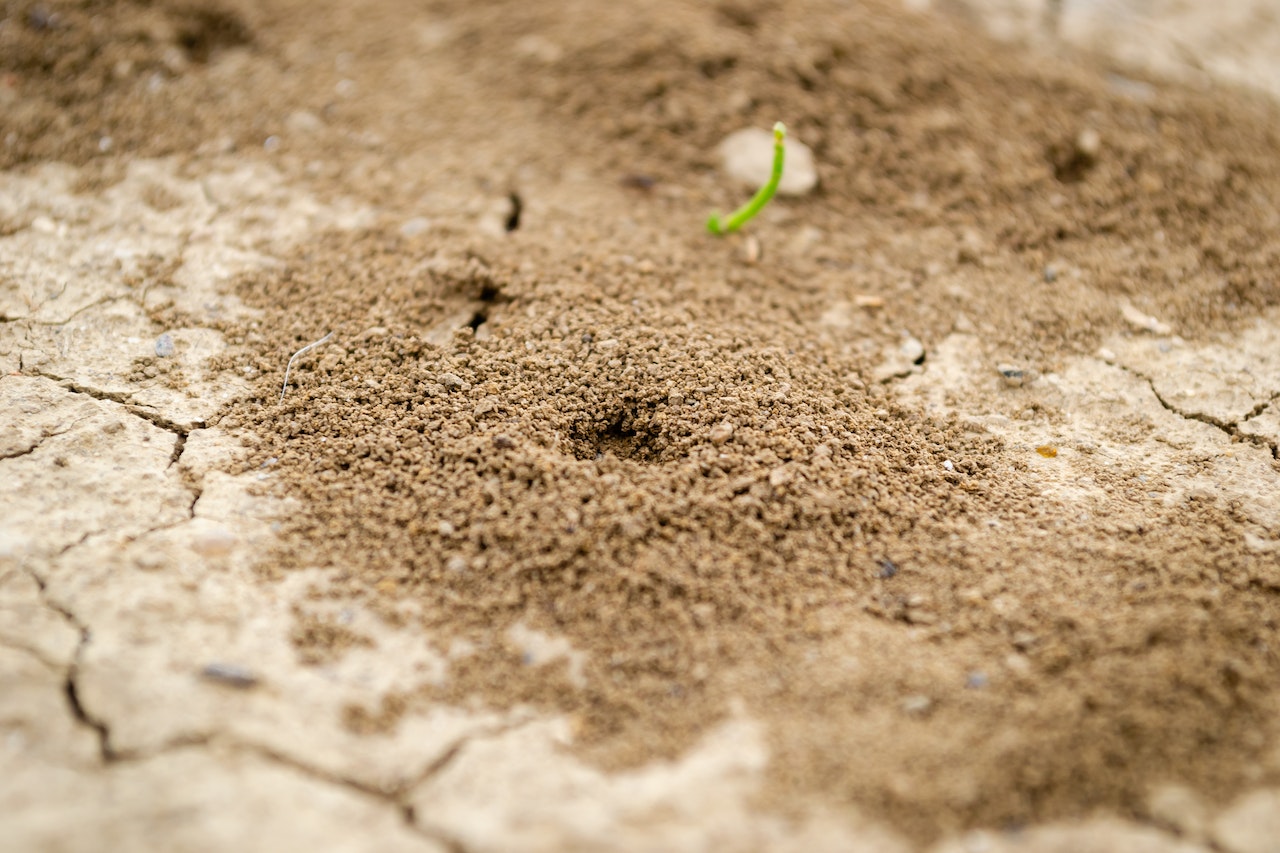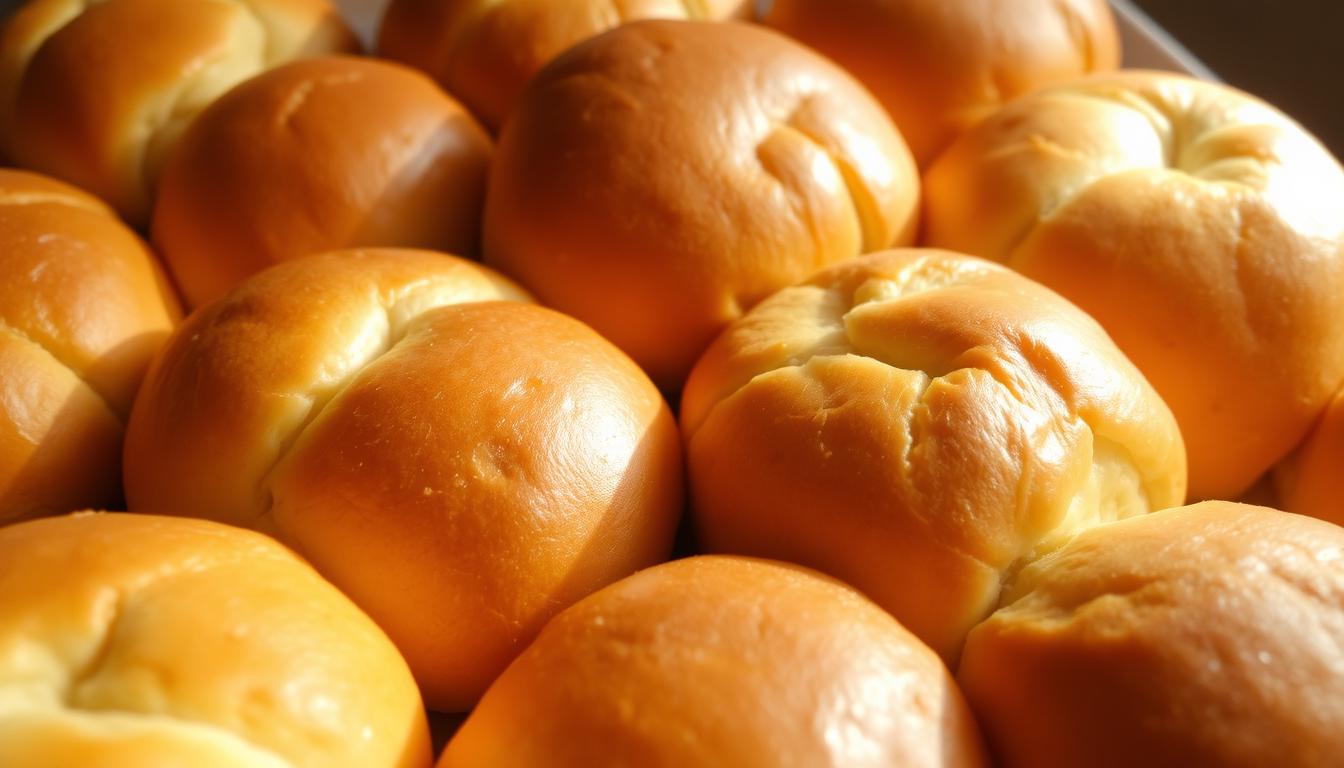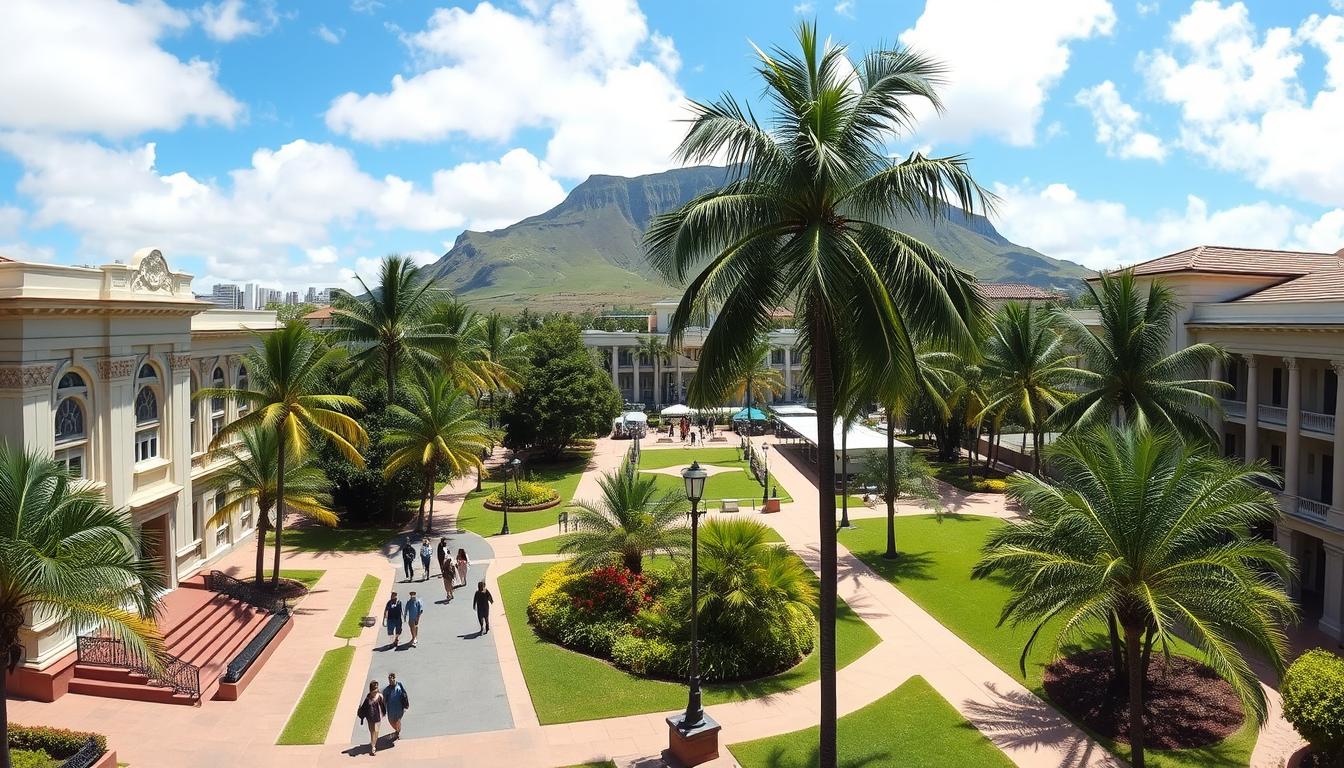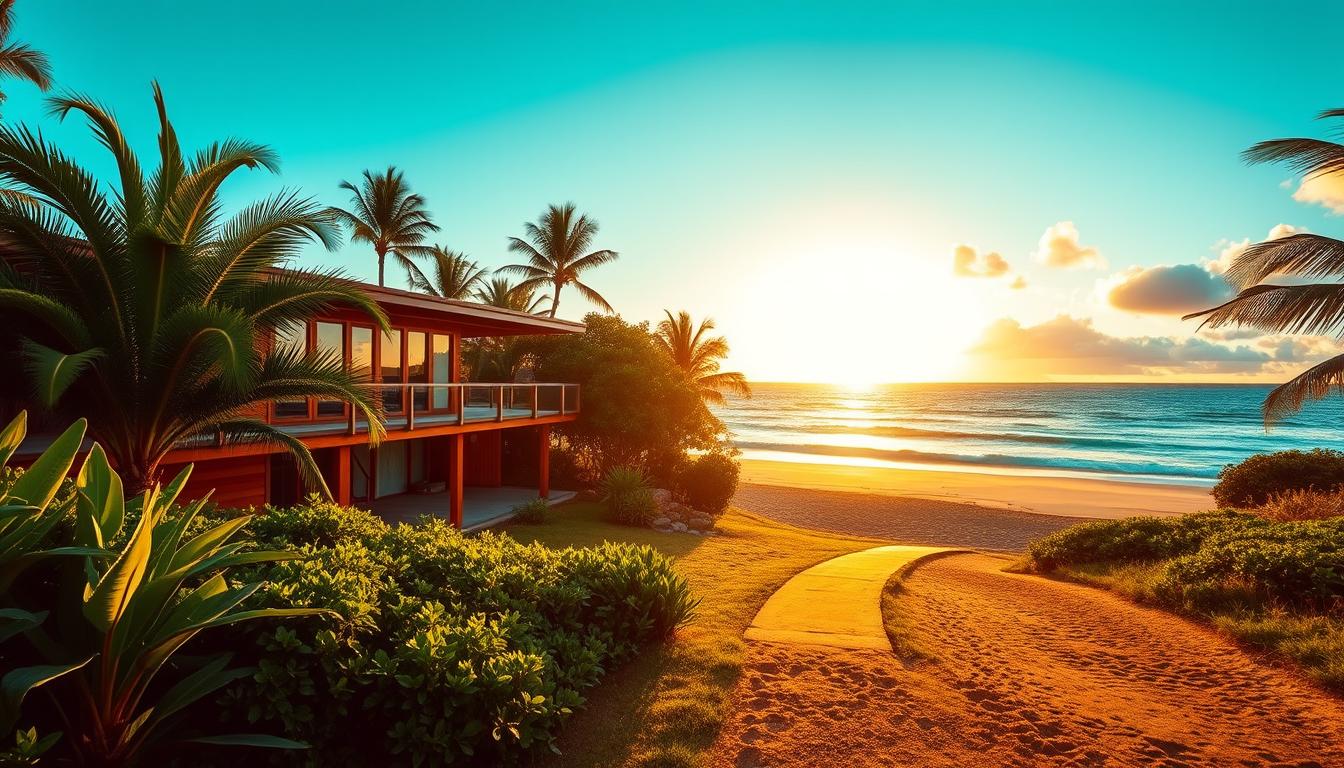Termites: they’re tiny, they’re pesky, and they have the potential to wreak havoc on structures. When you think of Hawaii, the picturesque beaches, lush green landscapes, and vibrant culture likely come to mind. But did you know that the Aloha State also has a notable termite presence? Dive into this comprehensive guide to understand the termite situation in Hawaii.
At A Glance
Presence of Termites in Hawaii
One of the frequently asked questions by residents and tourists alike is: are there termites in Hawaii? The answer is a resounding yes. Hawaii’s tropical climate, characterized by high humidity and warm temperatures, makes it a prime habitat for termites. They thrive in such environments, and their presence is not uncommon in the islands.
How bad are termites in Hawaii? Their impact can be significant, especially if not addressed promptly. Hawaii has had its fair share of termite infestations, leading to considerable damage to both residential and commercial structures. Regular inspections and preventive measures are crucial to mitigate their adverse effects.
Impact of Termites on Hawaiian Structures
Given the widespread presence of termites, it’s no surprise that they’ve become a major concern for property owners. Termites feed on cellulose, which is found in wood and other plant materials. This means that wooden structures, furniture, and even books can fall prey to these pests. Over time, a termite infestation can weaken structural integrity, leading to potential safety hazards. In Hawaii, where wooden structures are a significant part of the architectural landscape, the threat is even more pronounced.
Types of Termites in Hawaii
So, what kind of termites are in Hawaii? The islands are home to several termite species, but the most common are the Formosan subterranean termite and the drywood termite. The size of termites in Hawaii, especially the Formosan variety, can be larger than what’s typically found in other parts of the US.
While both species pose threats to structures, their behavior and preferred habitats vary. Formosan termites live in vast underground colonies and are known for their aggressive nature. On the other hand, drywood termites do not need soil contact and can infest any wooden object or structure.
Regular inspections, understanding the signs of infestation, and prompt treatment are essential to protect Hawaiian homes and businesses from these pests. By staying informed and proactive, residents can ensure that the only guests they have are the ones they invite over!

Scott Sweeney is the creator of Virtual Hawaii 360. Scott is a professional marketer and a lifelong Hawaii enthusiast. Scott splits time between Oahu and Dayton, Ohio. In addition to his marketing endevours, he is also a published Ukulele musician.





